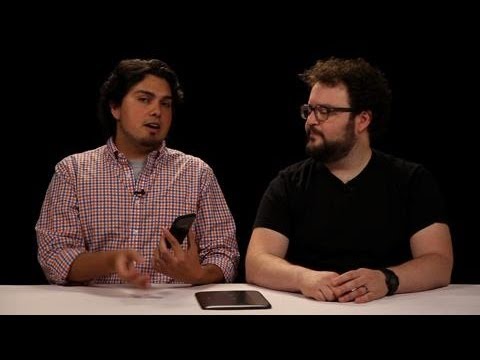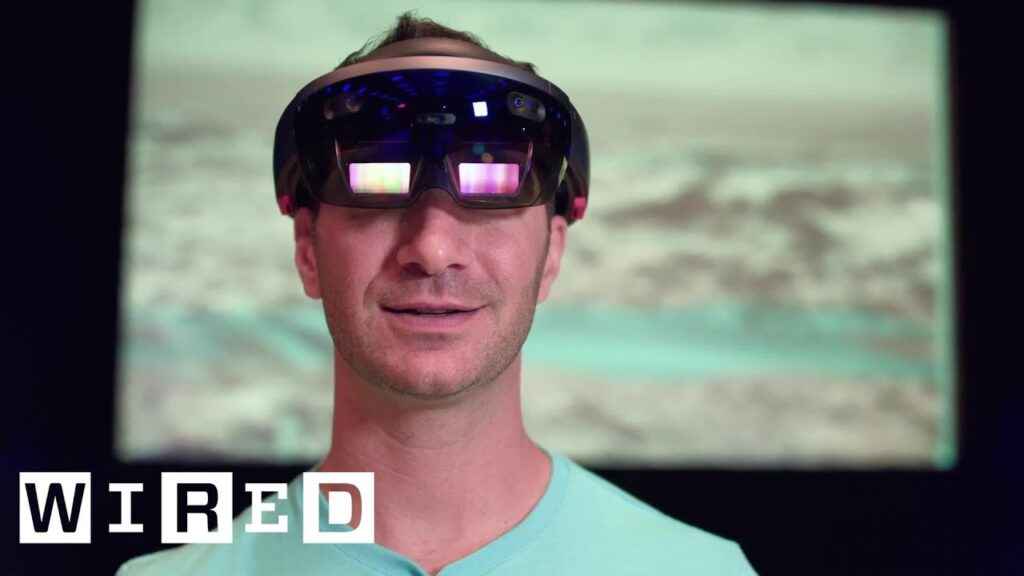The Origin and Growth of Quantified Self Movement
Summary
In this article, we explore the origins and growth of the Quantified Self movement, which involves using technology to track and measure various aspects of one’s life. We discuss the core principles of the movement, including the idea of measuring oneself and using the data collected to learn and improve. We also highlight various tools and systems developed to make self-tracking easier, and the diverse range of things people track. Finally, we emphasize the importance of generating questions, not just finding answers, and how the movement aims to capture the human side of technology to improve our lives.
Table of Contents:
- The Origin of Quantified Self Movement
- Core Principles of the Movement
- Tools and Systems for Self-Tracking
- The Importance of Generating Questions
- Conclusion
The Origin of Quantified Self Movement
The Quantified Self movement began around five years ago with two core figures, Gary and Kevin, who wanted to build a community around people tracking their own health and body. Inspired by a conversation with a doctor friend who was experimenting with eating only organic food for a year, Kevin lamented the lack of tools for tracking his own health. Gary, who had previously written for Wired, was interested in building cultures around technology and wanted to explore the next questions to ask about technology. They settled on the term “quantified self” to describe the idea of bringing computing so close to oneself that it’s almost indistinguishable. They started a blog and gathered other people interested in the idea, which led to a meeting where one attendee, Yaping L, impressed the group with a visualization of every minute of his time over the past year.
Core Principles of the Movement
The core principles of the Quantified Self movement are centered around the idea of measuring oneself and using the data collected to learn and improve. The movement is not about living by numbers but rather about using the new ability to measure everything to improve oneself. The movement has grown to include 70 groups in 15 countries, and people are tracking a wide range of things, including heart rate, heart rate variability, muscle activity, steps, activity level, sleep, location, social relationships, mood, and more. When there is no inherent data point, a three-point scale can be useful for self-evaluation, as it is for measuring mood. The movement aims to capture the human side of technology and how it can be used to improve our lives.
Tools and Systems for Self-Tracking
The Quantified Self movement has led to the development of various tools and systems to make self-tracking easier. For example, wearable devices like Fitbit and Jawbone allow people to track their physical activity and sleep patterns. Apps like MyFitnessPal and LoseIt help people track their food intake and exercise. People are even tracking the growth of their toenails, highlighting the diverse range of things people track. The speaker notes that the movement is not about the tools, but rather about the data they generate and how that data can be used to learn and improve.
The Importance of Generating Questions
The speaker believes that it is important to give people the opportunity to generate questions, not just find answers. The movement aims to provide a context where people can articulate and understand the universe of questioning, and even state their own questions. The model for their work is the Homebrew User Group in Berkeley, which started at the dawn of personal computers. They run their work like a user group, where people show and tell what they are doing and why, and inform each other about what can be learned.
Conclusion
The Quantified Self movement is a growing trend that involves using technology to track and measure various aspects of one’s life. The movement is not about living by numbers, but rather about using the new ability to measure everything to improve oneself. The movement has led to the development of various tools and systems to make self-tracking easier, and people are tracking a wide range of things. The speaker emphasizes the importance of generating questions, not just finding answers, and how the movement aims to capture the human side of technology to improve our lives.







